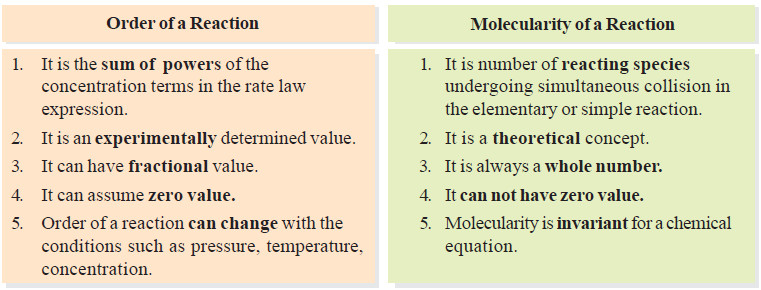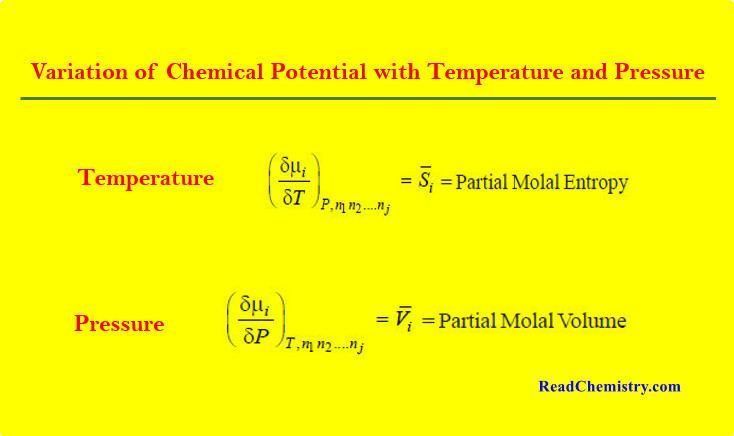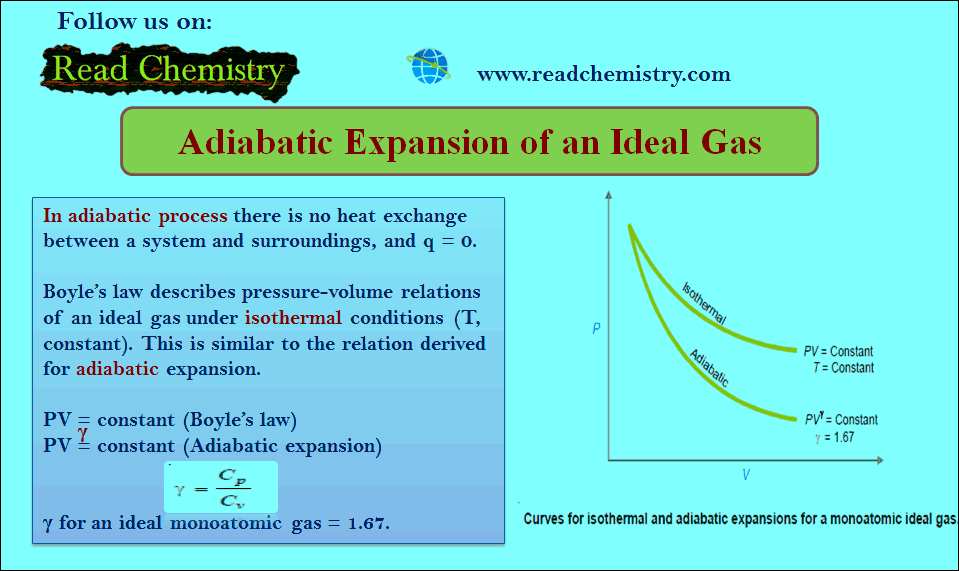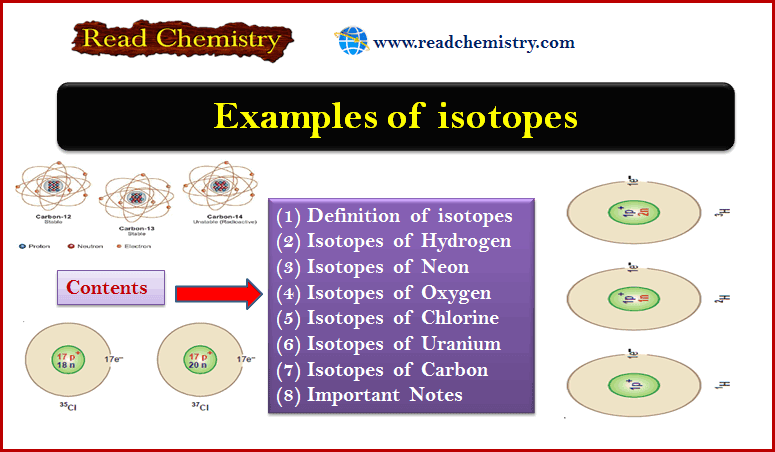Nuclear Reactor: Definition, Components
– In this subject, we will discuss the Nuclear Reactor (Definition, Components)

Nuclear Reactor
– It has been possible to control the fission of U-235 so that energy is released slowly at a usable rate.
– Controlled fission is carried out in a specially designed plant called a nuclear power reactor or simply a nuclear reactor.
Components of Nuclear reactor
– The chief components of a nuclear reactor are:
(1) U-235 fuel rods
– U-235 fuel rods which constitute the (fuel core).
– The fission of U-235 produces heat energy and neutrons that start the chain reaction.
(2) Moderator
– Moderator which slows down or moderates the neutrons
– The most commonly used moderator is ordinary water.
– Graphite rods are sometimes used.
– Neutrons slow down by losing energy due to collisions with atoms/molecules of the moderator.
(3) Control rods
– Control rods which control the rate of fission of U-235.
– These are made of boron-10 or cadmium, which absorbs some of the slowed neutrons.
– Thus the chain reaction is prevented from going too fast.
(4) Coolant
– Coolant which cools the fuel core by removing heat produced by fission.
– Water used in the reactor serves both as a moderator and coolant.
– Heavy water (D2O) is even more efficient than light water.
(5) Concrete shield
– Concrete shield that protects the operating personnel and environments from destruction in case of leakage of radiation
Light-water Nuclear power plant
– Most commercial power plants today are (light-water reactors).
– In this type of reactor, U 235 fuel rods are submerged in water.
– Here, water acts as a coolant and moderator.
– The control rods of boron-10 are inserted or removed automatically from spaces in between the fuel rods.
– The heat emitted by the fission of U-235 in the fuel core is absorbed by the coolant.
– The heated coolant (water at 300°C) then goes to the exchanger.
– Here the coolant transfers heat to sea water which is converted into steam.
– The steam then turns the turbines, generating electricity.
– A reactor once started can continue to function and supply power for generations.
– About 15 percent of consumable electricity in the U.S.A. today is provided by light water reactors.
– India’s first nuclear plant went into operation in 1960 at Tarapur near Mumbai.
– Another plant has been set up at Narora in Uttar Pradesh.
While such nuclear power plants will be a boon for our country, they could pose a danger to the environment.
– In May 1986, the leakage of radioactive material from the Chornobyl nuclear plant in the USSR played havoc with life and property around.
– The disposal of reactor waste poses another hazard.
– The products of fission e.g., Ba-139 and Kr 92, are themselves radioactive.
– They emit dangerous radiation for several hundred years.
– The waste is packed in concrete barrels which are buried deep in the earth or dumped in the sea.
– However, the fear is that any leakage and corrosion of the storage vessels may eventually contaminate the water supplies.
Breeder Reactor
– We have seen that uranium-235 is used as a reactor fuel for producing electricity.
– But our limited supplies of uranium-235 are predicted to last only for another fifty years.
– However, nonfissionable uranium-238 is about 100 times more plentiful in nature.
– This is used as a source of energy in the so-called breeder reactors which can supply energy to the world for 5,000 years or more.
– Here the uranium-235 core is covered with a layer or ‘blanket’ of uranium-238.
– The neutrons released by the core are absorbed by the blanket of uranium-238.
– This is then converted to fissionable plutonium-239.
– It undergoes a chain reaction, producing more neutrons and energy.
– The above reaction sequence produces three neutrons and consumes only two.
– The excess neutron goes to convert more uranium to plutonium-239.
– Thus the reactor produces or ‘breeds’ its own fuel hence its name.
– Several breeder reactors are now functioning in Europe.
– However, there is opposition to these reactors because the plutonium so obtained can be used in the dreaded H-bomb.










